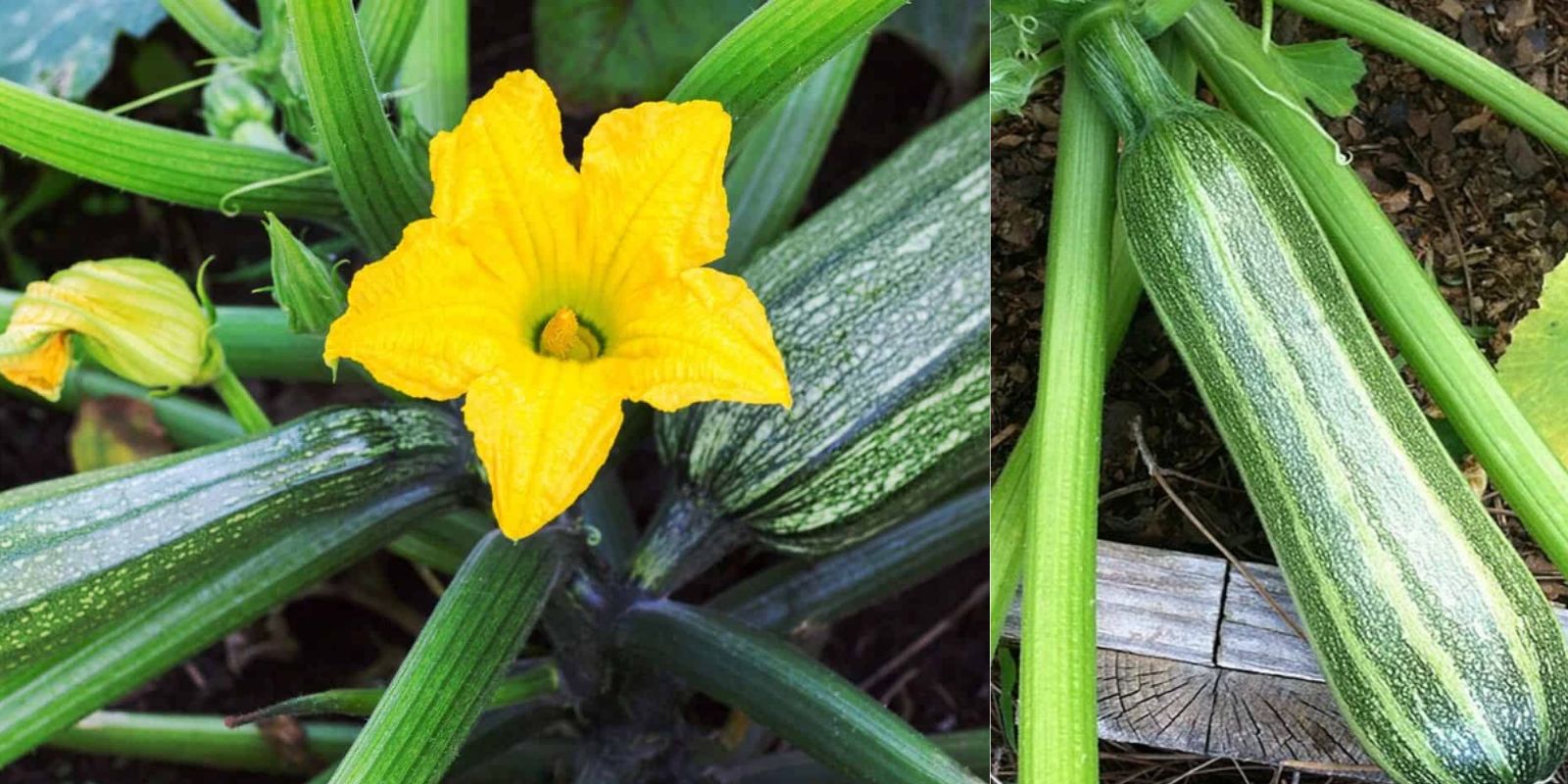Introduction
Companion planting is more than just a gardening technique—it’s a strategic approach to enhancing the health and productivity of your vegetable garden. By choosing the right plant pairings, you can improve yields, deter pests, and create a more harmonious growing environment. Understanding how certain plants benefit each other can lead to a thriving garden with robust vegetables and reduced pest problems. In this article, we’ll explore the principles of companion planting, offer a list of beneficial plant combinations, and provide practical tips for implementing these strategies in your garden.
Understanding Companion Planting
Companion planting involves growing different plants together that support each other’s growth in various ways. This method can:
- Enhance Growth: Some plants release nutrients or chemicals that benefit their neighbors, improving overall growth and productivity.
- Deter Pests: Certain plants can repel insects and pests that might otherwise damage crops.
- Improve Soil Health: Plants like legumes can fix nitrogen in the soil, benefiting other plants.
- Optimize Space: By utilizing vertical space or growing in the shade of taller plants, you can maximize garden space and productivity.
- Reduce Disease: Companion planting can help reduce the spread of diseases by creating a more balanced ecosystem.
The Best Companion Plants for Your Vegetable Garden
Here are some of the best companion plant combinations to consider for a thriving vegetable garden:
1. Tomatoes and Basil
- Benefits: Basil not only enhances the flavor of tomatoes but also repels pests like aphids, whiteflies, and hornworms. The strong scent of basil masks the smell of tomatoes, making them less attractive to these pests.
- Planting Tips: Plant basil around the base of tomato plants or in nearby containers. Ensure both plants receive ample sunlight and water.
2. Carrots and Radishes
- Benefits: Radishes act as a natural pest repellent for carrot flies and other pests. Their fast growth also helps break up the soil, making it easier for carrots to grow.
- Planting Tips: Sow radish seeds among carrot seeds. Radishes will mature quickly, allowing carrots to benefit from their pest-repelling properties.
3. Corn and Beans
- Benefits: Beans, particularly pole beans, can climb up corn stalks, providing vertical growth and saving space. Beans also fix nitrogen in the soil, which benefits corn and other nearby plants.
- Planting Tips: Plant beans around corn when the corn is about 6-8 inches tall. Beans will climb the corn stalks as they grow.
4. Lettuce and Cucumbers
- Benefits: Lettuce provides shade to the soil, helping keep it cool and reducing moisture loss. Cucumbers benefit from this shade, especially during hot weather.
- Planting Tips: Grow lettuce in between cucumber plants. The lettuce will mature quickly and can be harvested before cucumbers fully grow.
5. Marigolds and Almost Anything
- Benefits: Marigolds are known for their ability to repel a wide range of pests, including aphids, nematodes, and beetles. They also attract beneficial insects like ladybugs and lacewings.
- Planting Tips: Plant marigolds throughout your vegetable garden or in borders. They provide excellent pest control and add a burst of color to your garden.
Implementing Companion Planting in Your Garden
To effectively use companion planting in your garden, follow these practical steps:
- Plan Your Garden Layout: Before planting, plan your garden layout to ensure that companion plants are placed in beneficial positions. Consider factors like sunlight, space, and plant growth habits.
- Choose Compatible Plants: Research the needs and benefits of different plant combinations. Some plants may have specific requirements or may not be compatible with others.
- Monitor Plant Health: Regularly check the health of your plants and their companions. Look for signs of pest problems or nutrient deficiencies and adjust your planting strategy as needed.
- Rotate Crops: Practice crop rotation to avoid depleting the soil of specific nutrients and to prevent the buildup of pests and diseases. Companion planting can help, but rotating crops is also important for long-term soil health.
- Use Companion Planting in Containers: If you’re gardening in containers, apply the principles of companion planting by combining plants with complementary needs in the same container.
Troubleshooting Common Issues
Even with companion planting, you may encounter some issues. Here’s how to address common problems:
- Pest Infestations: If pests are still a problem, consider adding additional companion plants known for their pest-repelling properties. For severe infestations, use organic pest control methods.
- Nutrient Deficiencies: Companion planting can help with soil fertility, but monitor your plants for signs of nutrient deficiencies. Use organic fertilizers or compost to address any issues.
- Spacing Problems: Ensure that plants have enough space to grow. Overcrowding can lead to reduced yields and increased competition for resources.
Conclusion
Companion planting is a powerful technique for creating a thriving vegetable garden. By carefully selecting and pairing plants that benefit each other, you can enhance growth, deter pests, and improve soil health. Implementing these strategies will lead to a more productive and harmonious garden, allowing you to enjoy fresh, home-grown vegetables with minimal pest problems.
Ready to transform your garden with companion planting? Share your favorite plant pairings and gardening successes using #CompanionPlanting #VegetableGarden #GardeningTips #GrowTogether and inspire others to cultivate a thriving garden! 🌿🌻🌽

